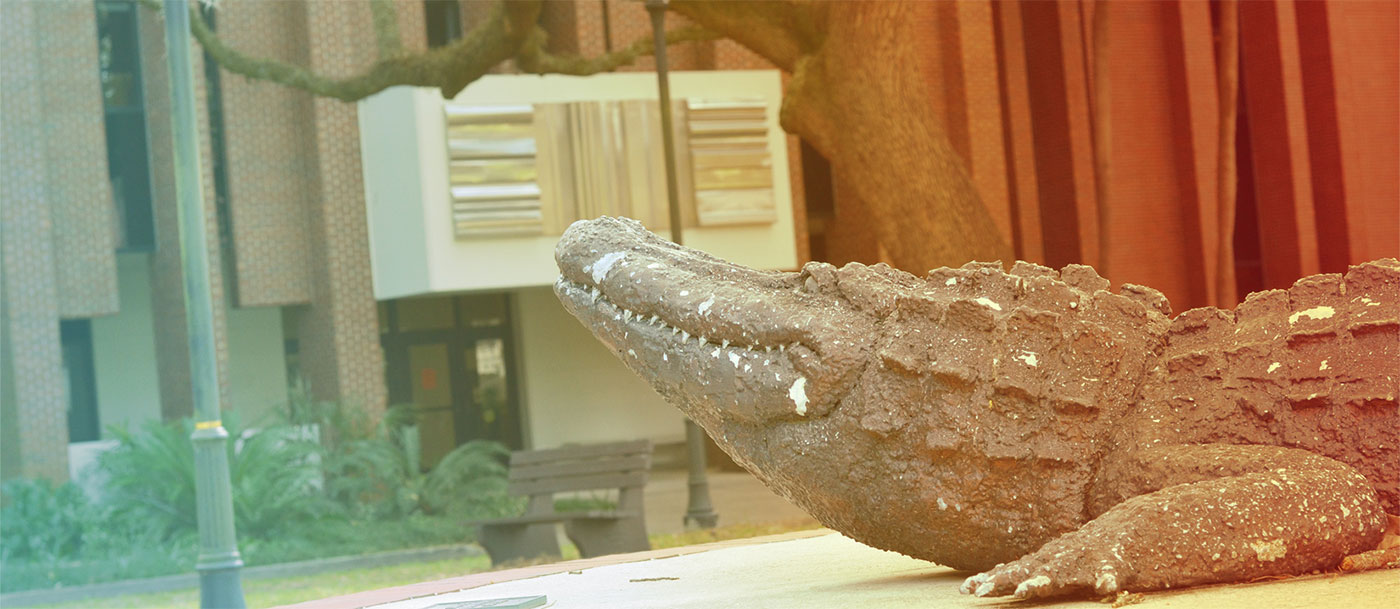 UF Center for Latin American Studies
UF Center for Latin American Studies

July 2, 2020 | Written by Juliana Santiago (MALAS Student)
Dr. Christopher Busey, Dr. Martinez Novo and Dr. Lillian Guerra brought in their rich presentations, followed by an interactive discussion, their perspectives of racism based on their own researches. The evidence the various layers and historical roots of racism, that can relate discriminatory treatment associated to color and ethnicity.
Dr. Busey started the discussion by bringing his conceptual framework to view anti-blackness as a historical and complex dehumanization of black lives, particularly in education. He argues that it manifests from the child schooling curriculum and continues all the way through the entire educational systems and research.
By questioning how we teach and learn about black lives and the denial of full sovereign citizenship - despite the formal constitutional recognition – Busey introduces the NHI acronym (No Humans Involved). He argues that the black subjects enter the curriculum as specters and spectacles. As Specters (ghosts, raw material), the African descendants are not fully granted citizenship. They are the “Human-other”, with the subjugation of black life to death. While black life becomes an “object” of study, race and racism are the spectacles, we “read about” and not “read with” black people. This approach goes beyond Academia all the way to the industry, as we are “conditioned and socialized as consumers to view black lives and black subjectivities” within the quest for modernity (black life as debatable and expandable) and racial contracts (where black subjectivities are underwritten into the “white” agreements).
He concludes by acknowledging that we will not know democracy or rather the illusion of democracy without anti-blackness. In education, he emphasizes, we do not have to humanize what is already human, but to seek humanization and citizenship of black lives in the curriculum.
Dr. Martinez-Novo focused her presentation on the interconnection of racism, paternalism and ventriloquism as some forms of discrimination. She recognizes how these approaches tend to perpetuate racial hierarchies and supports her argument through examples from her research in the North of Mexico and Ecuador.
Martinez-Novo argues that racism is fluid, changing based on context but as a result of wider colonial and post-colonial patterns. She agreed with Dr. Busey that racism is rooted in legacies of colonialism, and incorporates intersectional aspects of ethnicity, class and gender.
Dr. Martinez-Novo argues that racism and paternalism are not mutually exclusive, but complementary. Although the latter seeks consent and does not incorporate the expression of hostility as the first, it is a form of discrimination usually embedded with micro-aggressions or symbolic violence, even by unconscious bias. As supported by Von der Bergle (1967), the members of the subordinate group(s) are childish, immature, irresponsible, inferior but lovable – as long as they stay in their place. The paternalism has the social distance between racial castes supported by pseudo-tolerance, as long as inequality is unchallenged.
By presenting evidence collected in case studies from Mexico and Ecuador, she introduced examples of ventriloquism, another form of discrimination, when non-indigenous speak on behalf of indigenous, silencing the indigenous voices. Also influenced by a colonial heritage, Indians are seen as legal minors or miserable, easily manipulated by others. The discrimination is perpetuated by the self-called Indians advocates, commonly represented by politicians, priests and elites.
Dr. Lillian Guerra provides a historical panorama of the origins of anti-racism in Cuba from 1895 to 2020. She argues that racism in Cuba has been considered a taboo, and the commitments from Cubans with anti-racism was distorted in the 19th Century to make antiracism a substitute for the endorsement and enforcement of racial equality.
In the independence wars in Cuba that started 1868, 75% of the footsoldiers were black. After the US Intervention in 1898 and the First Republic installation, the black veterans betrayed and were displaced from jobs by Spanish loyalists, which explains the emergence of the Partido Independiente de Color (PIC) in 1908. The new party had to operate illegally, as the constitution prohibited any anti-racism manifestation. However, years later in 1912, there was a huge massacre of blacks, with an estimate that 4,000 to 8,000 of murders and 15,000 imprisonments.
Later on, after the Revolution and the Communist Rule, Fidel Castro announced in 1962 the triumph against racism, by arguing that all Cubans had the same options and access to public services. However, racism and other forms of discrimination remained, such as the police violence against black people, the prohibition against religion manifestation (ex. Santeria) and the hyper-sexualization of black people. In more recent years, with the openness of Cuba, a discussion around racial equality has emerged in relevant art manifestations, from music (such as the Hip-Hop of Randel, of Escuadrón Patriota) to the paintings of Douglas Pérez, among other art performances.